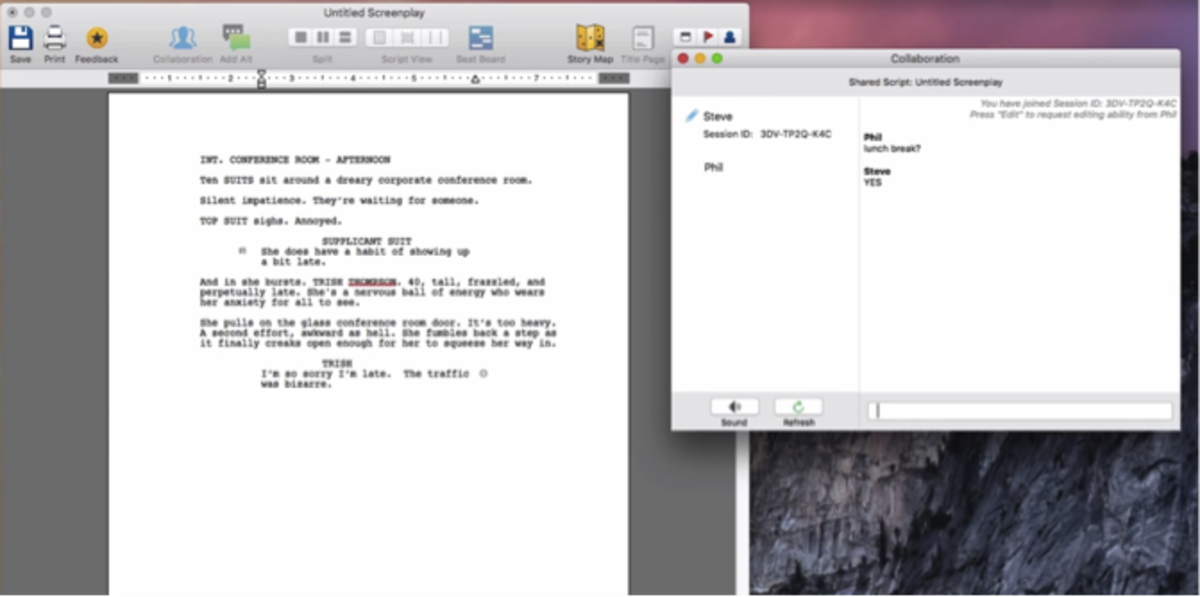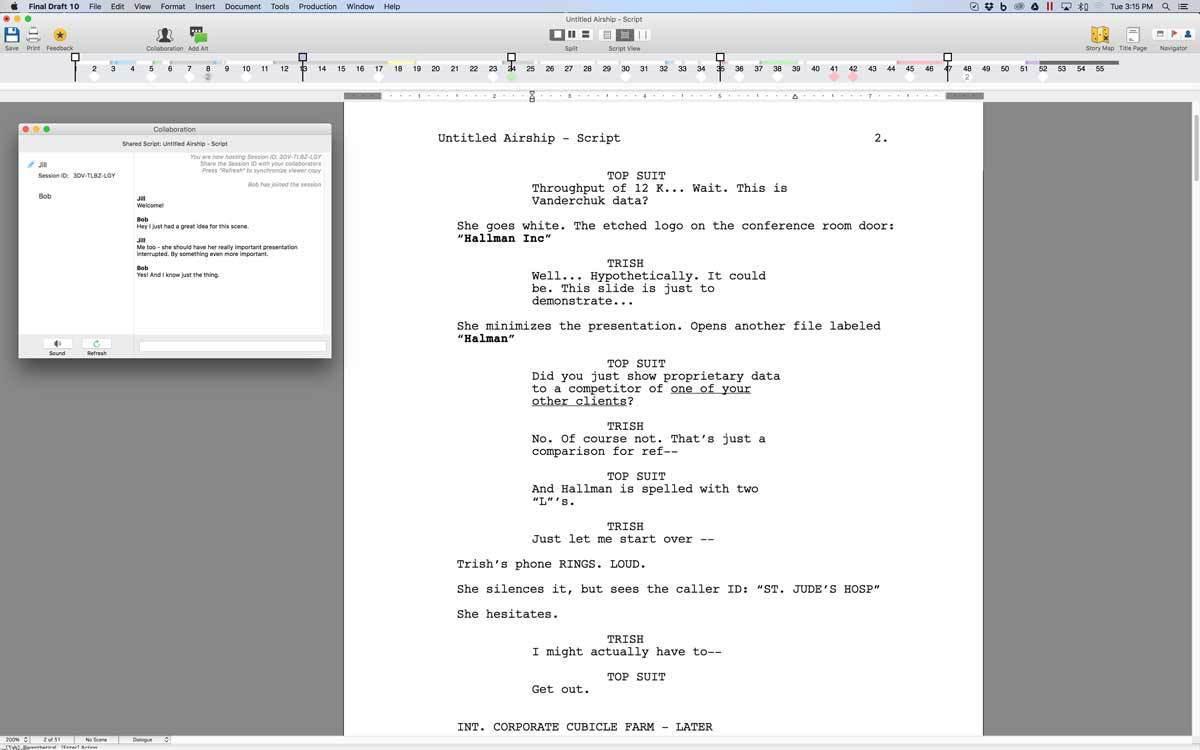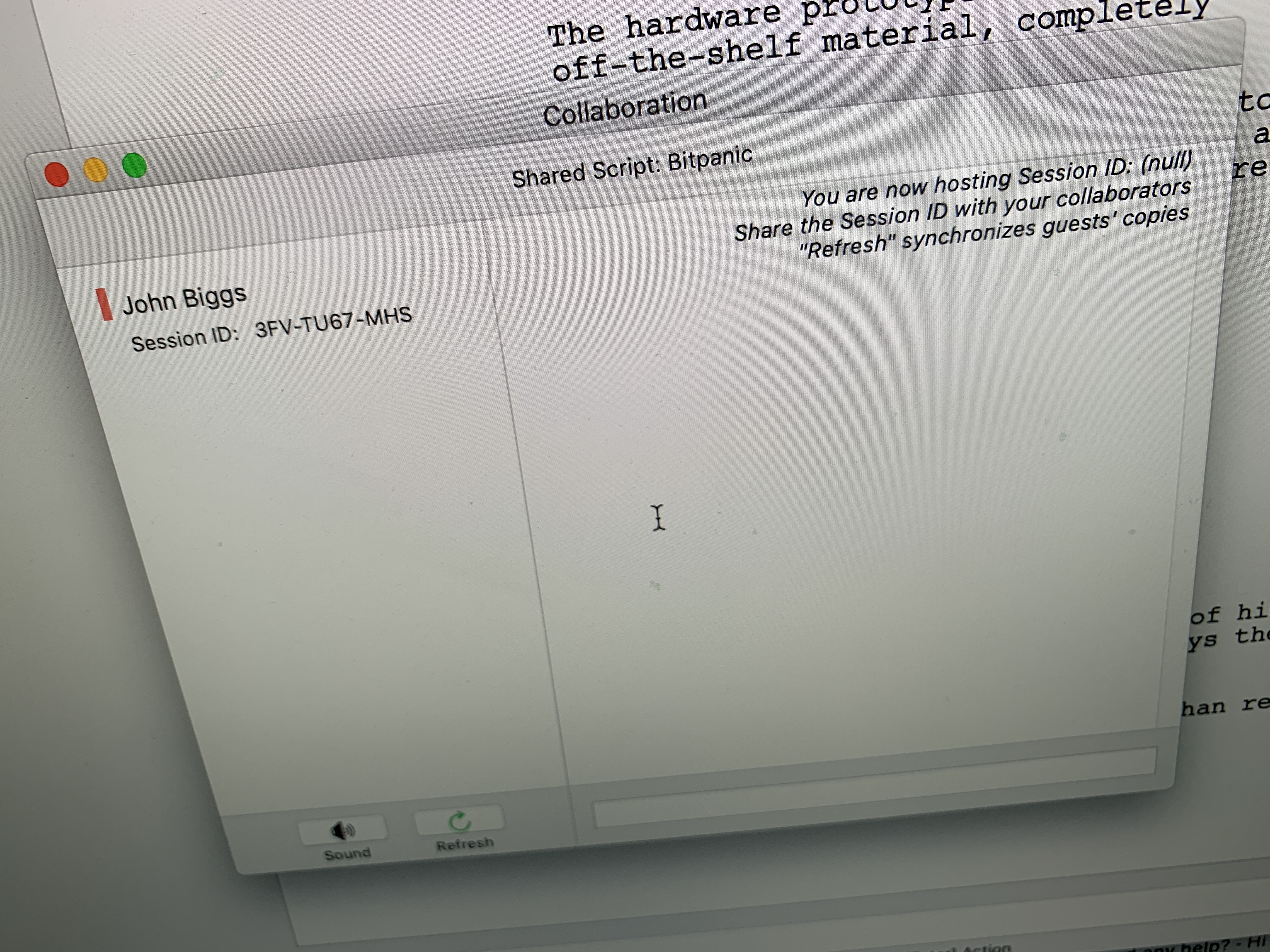
If you have a writing partner with terrible breath and just can’t stand to be in the same room with him/her, then yes, the collaboration feature will be worth its weight in Tic Tacs. This tool enables you to play without having to save multiple (read: endless) versions of your script.įinal Draft 10 – is it worth it? That, my scribbly scribey friends, depends on you, your wallet and your writing style. The alternate dialogue tool is also perfect for rewriting when you know what you want a character to say but aren’t exactly sure whether it fits into the scene.

With a simple click, multiple options for a joke can be added without bloating the length of your script and affecting page count.

The latter feature is particularly beneficial to TV writers who are paid to punch up the humor in a script. Not only can you now view notes boldly and brightly on the side of your script but also you can write alternate dialogue within the pages. You can then keep it to yourself and not let anyone witness or share in your genius (I’m looking at you, Tarantino), or you can share with a friend, such as your unicorn-loving Macedonian pen pal.Īny decent writer knows that writing is rewriting, and Final Draft 10 has decided to assist this process along, as well. The other great asset during the writing process of Final Draft 10 is your ability to not only use the many templates offered but also easily create your own for a screenplay style uniquely your own. Final Draft’s real gift has always been its ability to enable its scribes to write as quickly as they dream, and these tools meet that standard. It works the way you would want it to work, and that is clutch. But the features were clearly designed by writers for writers, and Final Draft has taken the time to fully develop them so you can easily toggle from script to Beat Board to Story Map and back to script again with simple intuitive clicking.

The Beat Board and Story Map are legitimately handy tools. Veterans and baby writers alike can appreciate the ease of looking at a simple rainbow bar to reveal where the script gets bloated and action slows.

A bar at the top of your screenplay allows you to easily determine where your scenes are falling in comparison with where they should be and the length of such scenes. The Story Map enables you to set the number of pages you want to write to and then color-code your scenes – a feature particularly handy for television writers, who often seem to be considered second-tier when it comes to the demographics screenwriting software programs are going after.


 0 kommentar(er)
0 kommentar(er)
